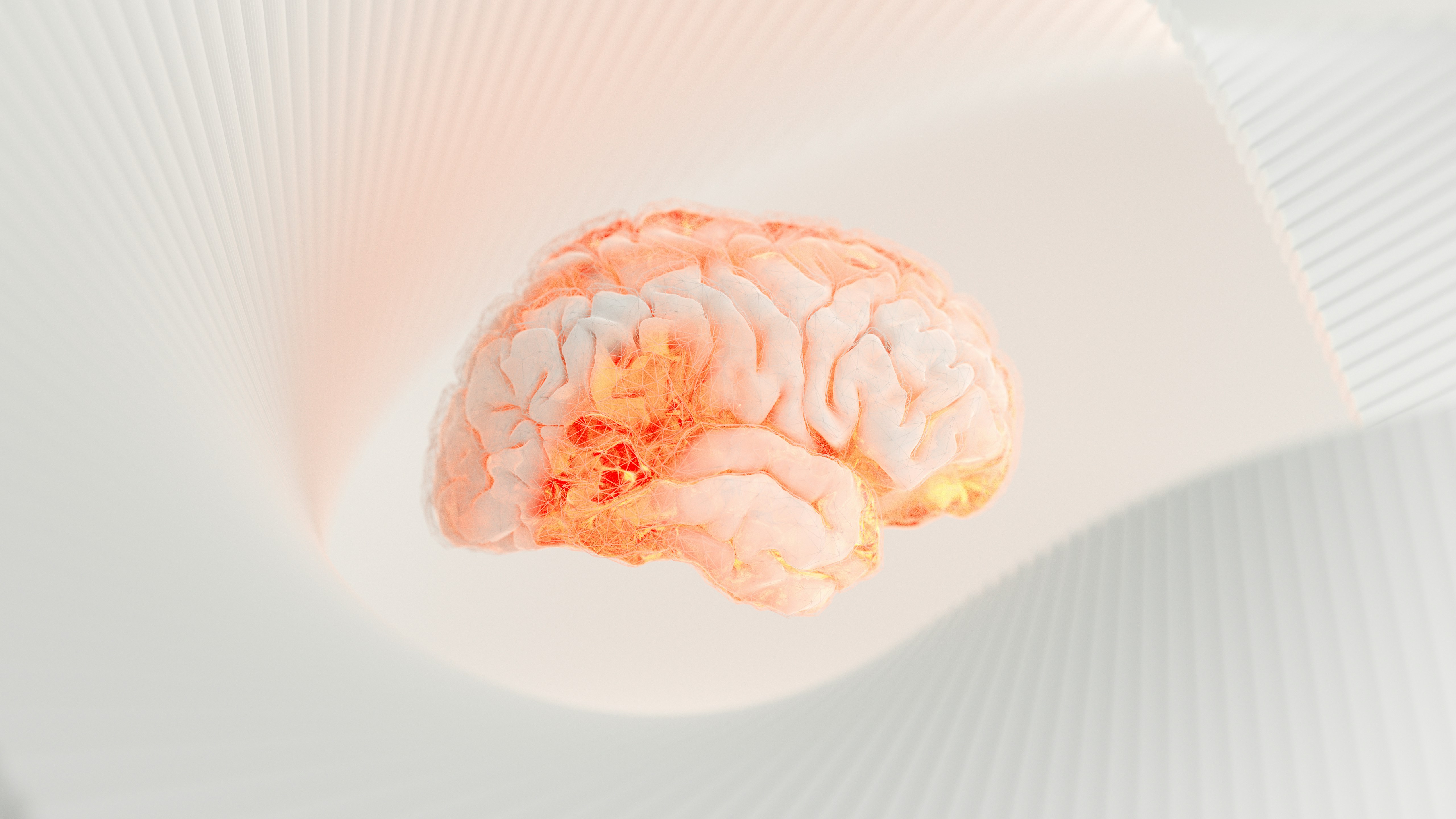Why COVID Creates Fake ADHD Symptoms
Explore how post-COVID inflammation mimics ADHD symptoms. Uncover the role of metabolic triage and discover pathways to recovery through brain network restoration.


Your brain performs metabolic triage when under viral attack.
It shuts down the most energy-expensive networks first. The central executive network goes offline to conserve fuel for survival.
What looks like ADHD is actually your brain being metabolically smart.
I see this daily in my clinic. Patients walk in with sudden-onset attention problems, sensory overwhelm, and emotional dysregulation after COVID. To conventional providers, they look like they developed ADHD overnight.
But when I map their brains with qEEG, something completely different emerges.
The Neuroimmune Cascade
COVID doesn’t just attack your lungs. Recent research reveals the virus triggers microglial activation throughout the brain.
Microglia are your brain’s immune cells. Under normal circumstances, they act like maintenance crews. They monitor the environment, clear debris, prune unnecessary connections.
But when they sense viral threat, they shift into inflammatory overdrive.
This creates what I call a neuroimmune cascade. Activated microglia don’t just cause localized inflammation. They disrupt the coordination of entire brain networks.
The salience network becomes hypervigilant. You experience sensory overwhelm, light sensitivity, difficulty filtering stimuli.
The anterior cingulate cortex gets dysregulated. Emotional reactivity spikes. Transitions become impossible.
The default mode network turns noisy and intrusive. Brain fog sets in. Concentration vanishes.
What emerges looks exactly like ADHD. But the underlying mechanism is completely different.
Triple Network Disruption
Traditional ADHD involves developmental wiring differences. Post-viral presentations involve inflammatory network collapse.
I call this triple network disruption. The brain’s three core networks can no longer communicate fluidly.
Studies confirm this pattern. Research shows 88% of COVID patients display abnormal EEG patterns, with frontal brain abnormalities comprising one-third of findings.
These frontal regions control executive function and attention. When inflammation hits these networks, cognitive control collapses.
But here’s what conventional medicine misses. This collapse serves a protective purpose.
Your brain shifts toward reflexive attention because it’s more energy-efficient than executive control. Reflexive responses require less metabolic fuel than deliberate thinking.
The brain prioritizes environmental reactivity over complex processing. It’s choosing survival over sophistication.
The Viral Reactivation Factor
Many post-COVID patients aren’t just dealing with lingering inflammation. They’re experiencing viral reactivation.
Latent viruses like Epstein-Barr and Herpes Simplex hide in your nervous system. COVID’s immune disruption can wake them up.
When I test post-COVID patients with ADHD-like symptoms, I often find elevated viral titers. Their immune systems are fighting multiple battles simultaneously.
This explains why traditional ADHD treatments fail these patients. Stimulants can’t fix inflamed networks. They often make things worse.
The solution requires addressing the underlying terrain, not just managing symptoms.
Recovery Through Network Restoration
I’ve watched hundreds of post-viral brains reorganize when given the right support.
Two middle-aged mothers come to mind. Both developed sudden cognitive dysfunction after viral reactivation events. Neither had any history of attention problems.
Their initial qEEGs showed classic triple network fragmentation. Slow-wave excess in default mode hubs. Hypocoherence across salience networks. Frontal instability.
But their patterns were dynamic, not trait-like. This suggested inflammatory disruption rather than developmental differences.
We addressed three levels simultaneously.
**Bottom-up support:** IV nutrients, ozone therapy, mitochondrial restoration to calm the inflammatory cascade.
**Top-down recalibration:** ISF neurofeedback to retrain disrupted networks and restore communication between brain regions.
**Terrain stabilization:** Gut-brain protocols, circadian repair, and immune regulation to prevent reactivation.
By week six, both patients reported clearer thinking and improved stress tolerance. Their follow-up qEEGs showed measurable network reorganization.
By week ten, they were functioning normally again. Working, exercising, engaging with their families without cognitive crashes.
The Bigger Picture
Global data supports what I see clinically. A meta-analysis of 6,491 participants from 10 countries confirms significant increases in ADHD symptoms during the pandemic.
This isn’t just increased awareness. It reflects genuine neurobiological changes occurring worldwide.
The implications are staggering. Millions of people may be receiving psychiatric diagnoses for what are actually post-viral inflammatory conditions.
They’re being prescribed stimulants when they need immune regulation. They’re getting behavioral therapy when they need metabolic support.
The tragedy is that these conditions are often reversible with the right approach.
Recognizing the Difference
How do you know if attention problems are post-viral versus developmental?
Timing matters. Did symptoms appear suddenly after illness or stress? Traditional ADHD shows consistent patterns from childhood.
Volatility matters. Post-viral symptoms fluctuate with inflammation cycles, diet, and stress. Developmental ADHD tends to be more stable.
Reversibility matters. When you address immune dysfunction and metabolic disruption, post-viral symptoms often improve rapidly. Developmental traits require different approaches.
The key is understanding that your brain isn’t broken. It’s trying to protect itself under impossible circumstances.
Your job isn’t to force it back to normal with stimulants or willpower. Your job is to give it the resources it needs to reorganize naturally.
The Path Forward
Post-viral neurocognitive symptoms represent a new category of brain dysfunction. They require a new category of treatment.
We need to move beyond symptom management toward terrain restoration. We need to address inflammation, not just attention.
This means comprehensive testing. Viral panels, inflammatory markers, nutrient status, gut-brain function. We need to understand what’s driving the dysfunction.
This means targeted intervention. Immune regulation, metabolic support, network retraining. We need to address root causes, not just surface symptoms.
Most importantly, this means hope. These conditions aren’t permanent brain damage. They’re protective responses that can be reversed.
Your brain performed triage to keep you alive. Now it’s time to give it the resources to thrive again.
The epidemic of post-viral neurocognitive symptoms is real. But so is the potential for recovery.
We just need to stop treating the symptom and start healing the system.
Ready to feel like you again?
* Your next step toward feeling better starts today. At The Dearing Clinic we make it simple to get started with care that truly fits your life. Book your visit now and let’s design a plan that restores your energy, relieves your pain, and helps you enjoy more of what matters most.

